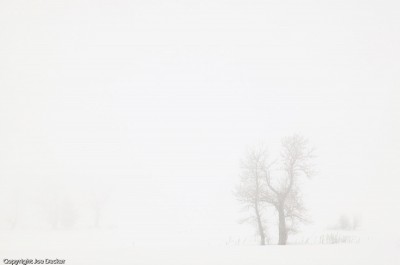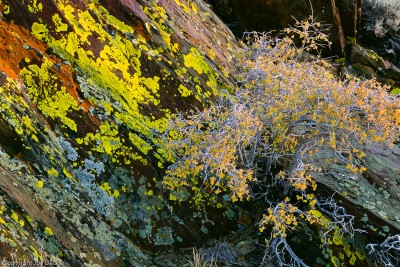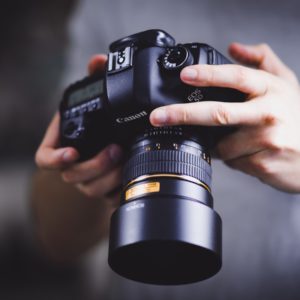If you like this article, you can now get the book! Joe has expanded the “Tuesday Composition” series into an inspiring new ebook on composition, especially for nature photography. Check it out: The Tuesday Composition.
One of the axes on which I measure compositions is their degree of complexity–not just the complexity of the image itself but the complexity of the composition.
On one end, we have very simple, spare compositions that embody perhaps a couple of the compositional principles we’ve discussed. On the other end of the spectrum, we have compositions that orchestrate a far greater number of these principles on a smaller scale. Today I’d like to touch on some of the ways these differences affect the effectiveness of your images.
I’ll start by saying that my images tend very much towards the leaner side of this spectrum. One of my first teachers was the late Galen Rowell, who shared this affinity for simplicity. Galen had come to nature photography from mountain-climbing, and as a result had decided to work entirely with lightweight 35mm-format cameras in his own work. Both the smaller format of the slides themselves (compared with medium and large-format cameras) and the presentation of these images in smaller forms (at first, often magazines, I suspect) likely pushed him in the direction of simplicity–if the individual parts of a composition don’t render large enough to move your eye, they’re not going to have much of an effect on your image. While Galen’s images are fantastic even at large scale, their ability to feel compositionally strong even at smaller scales reflects the simplicity and directness of his compositions.
In contrast, larger-scale images (both images printed at larger sizes as well as images captured in larger formats) have more flexibility to really engage with more complex compositions–compositions in which a dozen or more compositional elements are choreographed into a more complex image.
David Muench’s work provides many excellent examples of such compositions. It is not that he doesn’t often create simpler compositions, but many of his compositions of more complex scenes, such as forests and jungles, find ways of arranging dozens of elements into unified compositions. While many of these larger-scale compositions work well enough at small scale, the largest prints work even better at larger sizes, where the eye can, and will, spend more time exploring an image in detail.
Larger-scale images often seem to require more in the way of compromise from us as photographers. If a simple flower against an out-of-focus background only balances a couple compositional elements, it may be very simple to really optimize the image for all of those principles. A forest scene with dozens of trunks, hundreds of branches and thousands of leaves will never be quite so kind. As a result, these large-scale images seem to require not only more patience (looking at more possible arrangements of the elements in the image), but also a better sense of which compositional principles are most important to an image, and which are less critical if compromises need be made.
As photographers, we need to be conscious of scale. While I believe that improvements in technology have made the scale of the capture of an image far less compositionally important than it used to be, the scale at which an image is presented is still (and likely will always) matters. Bodies of work of very complex subjects may often require complex compositions, and might be best presented in larger formats. If a project is going to primarily exist on the web or as small magazine prints, it might be best to concentrate on images with simpler, more direct compositions.


